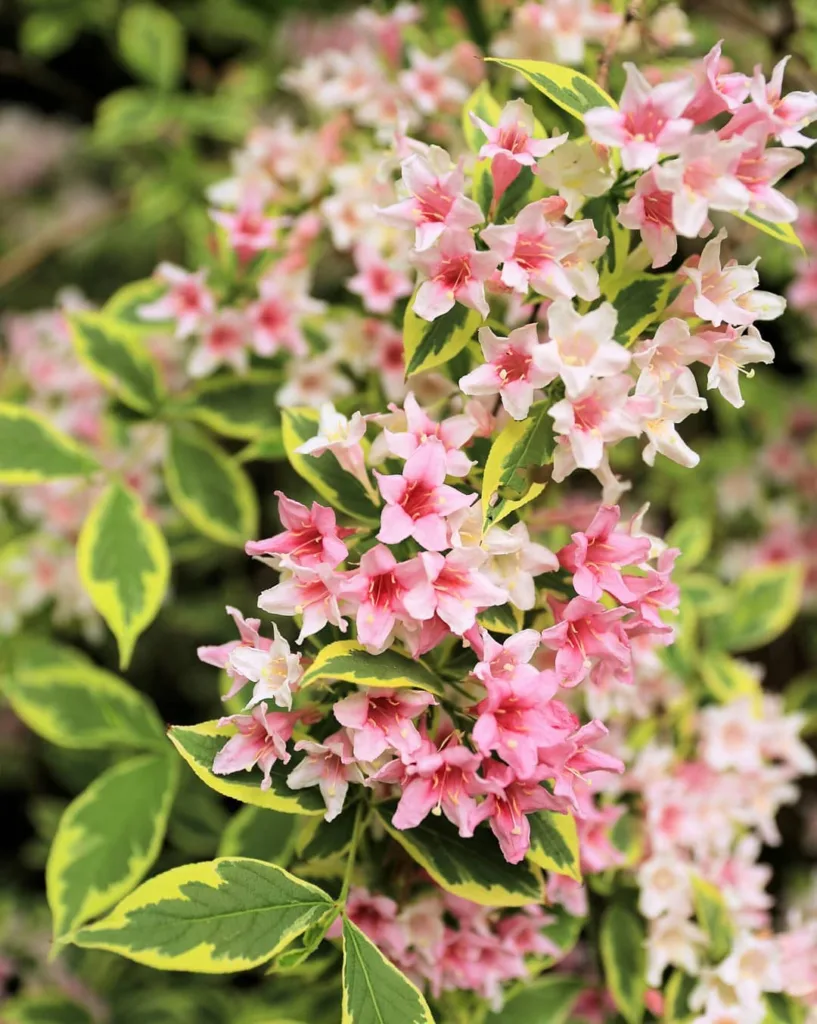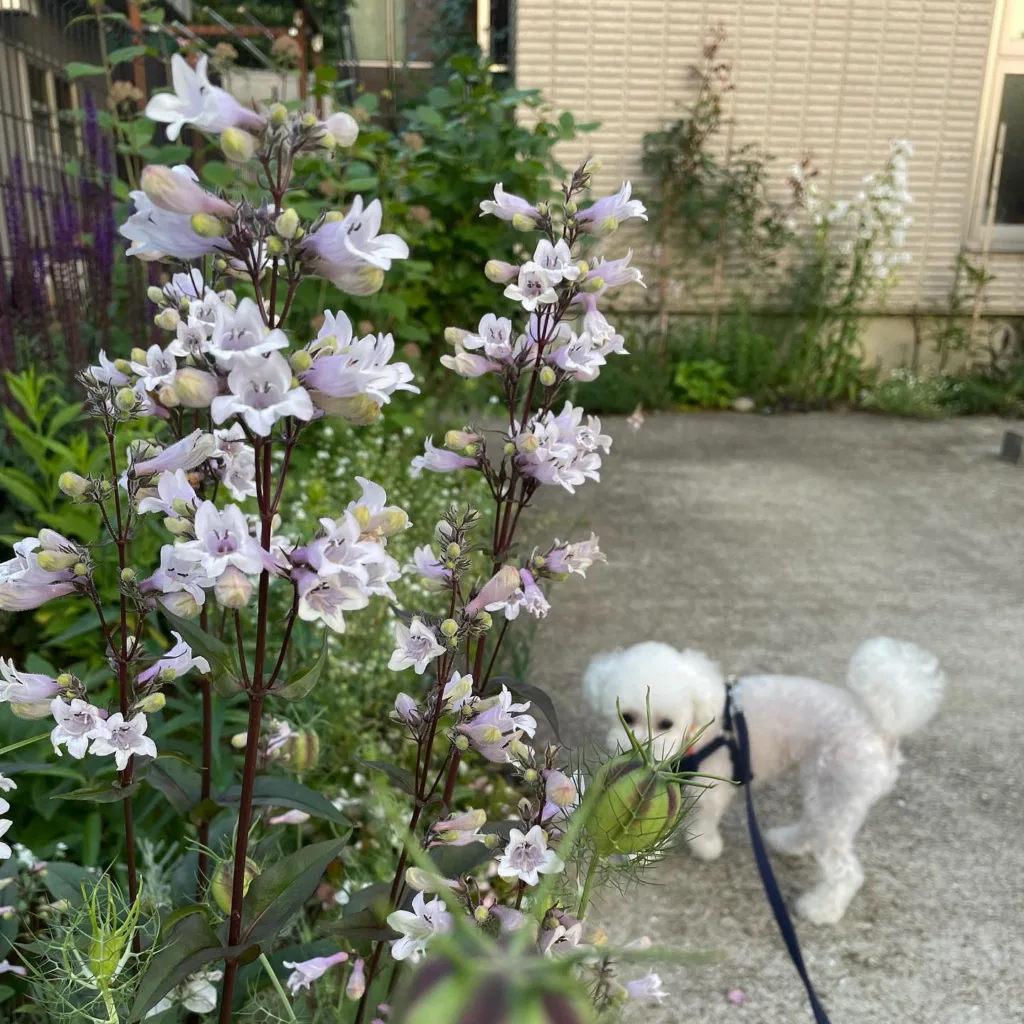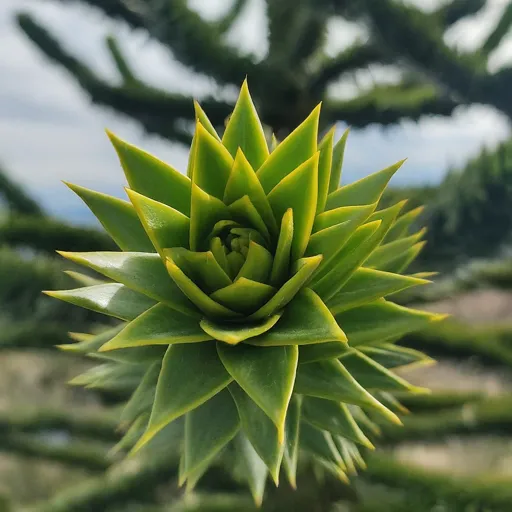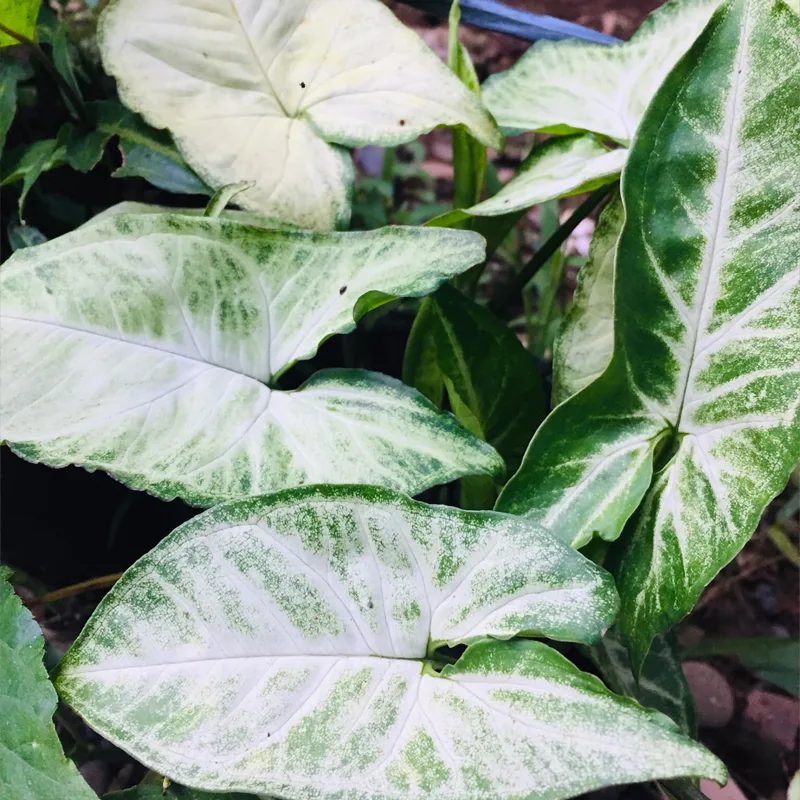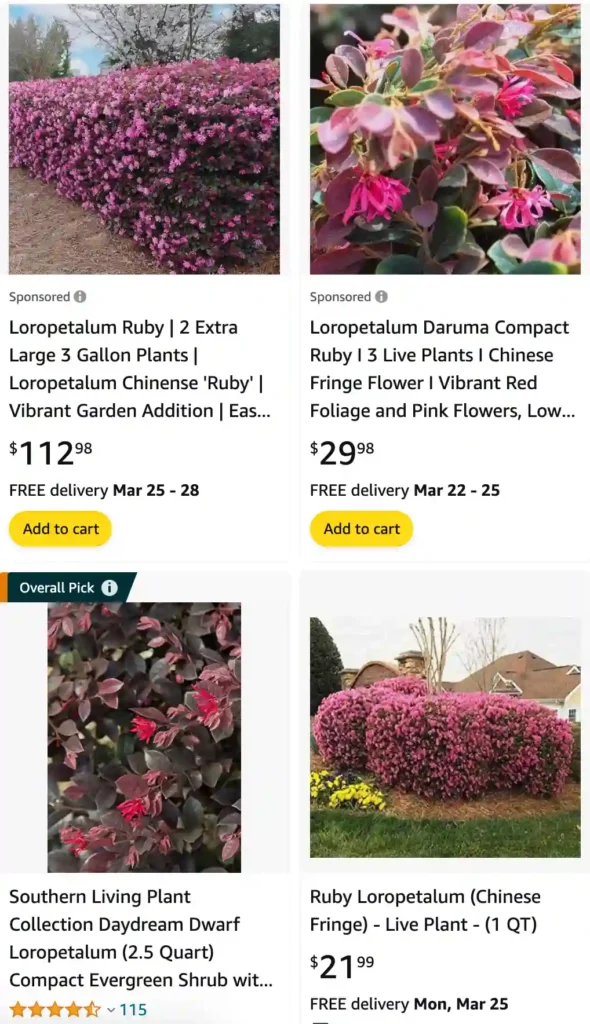
Ruby vs Purple Diamond Loropetalum
Ruby Loropetalum’s rich, deep burgundy color and its lush, dense foliage really caught my eye, making it a standout in my garden, while its vibrant hue brought a lot of drama and contrast to my landscape.
Ruby Loropetalum vs Carolina Midnight
I found Ruby Loropetalum’s striking, dark purple foliage to be quite similar to Carolina Midnight, but Carolina Midnight’s slightly more subdued, elegant color and more compact growth habit gave it an edge for adding a touch of sophistication and versatility to my garden design.
5 Species in Genus Loropetalum – Chinese Fringe Flower
Is Ruby Loropetalum toxic to dogs?
I’ve done some research on Ruby Loropetalum since I’m considering adding it to my garden. One thing I found out is that Ruby Loropetalum isn’t listed as toxic to dogs, which is a relief since I have a furry friend who’s always sniffing around the plants. However, I’m still cautious and make sure to supervise my dog around new plants just to be safe.
How often to water potted Ruby Loropetalum?
Watering potted Ruby Loropetalum has been a bit of a learning curve. I discovered that they need consistent moisture, especially during their growing season. I usually water mine once a week, but I check the soil moisture regularly. If the top inch of the soil feels dry, it’s time for watering. During hotter months, I might water more frequently to keep the soil from drying out completely.
How to plant Ruby Loropetalum?
Planting a Ruby Loropetalum is a fairly simple process. Here’s a guide to get you started:
Timing: You can actually plant your Ruby Loropetalum anytime throughout the year. However, keep in mind that during the summer months, you’ll need to water more frequently to help the plant establish itself.
Location:
- Sunlight: Ruby Loropetalum thrives in full sun to part sun. Aim for at least 6 hours of direct sunlight daily for optimal growth and flowering.
- Soil: Well-drained soil is crucial. Ruby Loropetalum won’t tolerate soggy conditions. It can adapt to various soil types, including loam, clay loam, and even sandy soil. If your soil is heavy clay, amend it with compost or sand to improve drainage.
Planting Steps:
- Dig the hole: Make a hole that’s about 2-3 times wider than the diameter of the root ball of your Ruby Loropetalum. The depth should be roughly the same as the root ball’s height.
- Loosen the root ball: Gently loosen the root ball of your Loropetalum by hand. This encourages the roots to spread out into the surrounding soil.
- Place the plant: Carefully position your Ruby Loropetalum in the hole, ensuring the top of the root ball sits at or slightly above the soil level.
- Backfill the hole: Fill the hole back in with the excavated soil. Gently tamp down the soil to remove air pockets and ensure good contact with the roots.
- Water thoroughly: Water the plant deeply to settle the soil around the roots.
- Mulch (optional): Apply a 2-3 inch layer of mulch around the base of the plant (keeping it a few inches away from the stem) to retain moisture, suppress weeds, and regulate soil temperature.
Additional Tips:
- Spacing: When planting multiple Ruby Loropetalums, consider their mature size. For a border planting, space them 6-7 feet apart. If you’re creating a hedge, plant them 4-5 feet apart, measured from the center of each plant.
- Watering: Once established, Ruby Loropetalum is fairly drought tolerant. However, during the first growing season and hot weather periods, water regularly when the top inch of soil feels dry to the touch.
- Fertilizer: You can feed your Ruby Loropetalum a balanced fertilizer in early spring to promote growth and flowering. However, avoid overfertilizing, as this can lead to excessive foliage growth at the expense of flowers.
How to prune Ruby Loropetalum?
Pruning Ruby Loropetalum is something I usually do to maintain its shape and promote healthy growth. I typically prune mine in late spring after it has finished flowering. I start by removing any dead or damaged branches and then trim back the longer shoots to keep it looking tidy. I avoid heavy pruning in late summer or fall to prevent new growth that could be damaged by frost.
Is Ilex Compacta the same as Ruby Loropetalum?
I’ve wondered about the difference between Ilex Compacta and Ruby Loropetalum since they both have such attractive foliage. Ilex Compacta is actually a type of holly, whereas Ruby Loropetalum is a type of witch hazel. They are different plants, even though both can add great texture and color to a garden.
What to plant with Ruby Loropetalum?
When it comes to companion planting with Ruby Loropetalum, I like to choose plants that complement its striking purple leaves and pink flowers. Some good options are azaleas and camellias, which also enjoy acidic soil and can create a visually appealing contrast. I also think about planting some ornamental grasses or evergreens nearby to add variety and year-round interest.
When to prune Loropetalum Ruby?
For timing the pruning of my Loropetalum Ruby, I stick to a routine of late spring. Pruning after it finishes blooming helps ensure that I don’t cut off any of the beautiful flowers. This timing also gives the plant plenty of time to recover and produce new growth before the cooler weather sets in.
If i die, water my plants!
